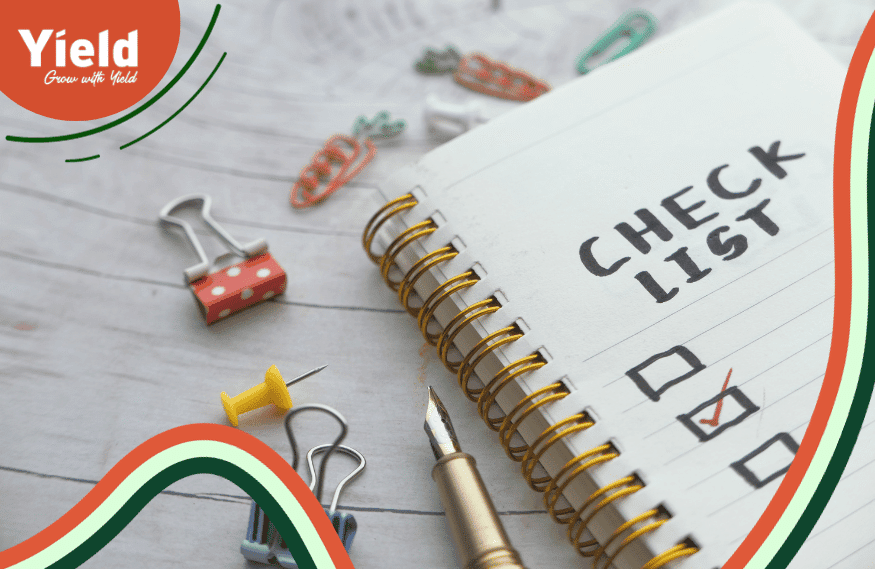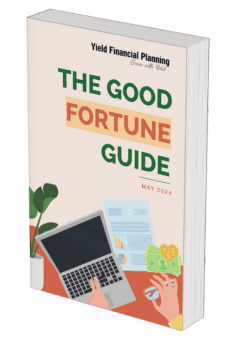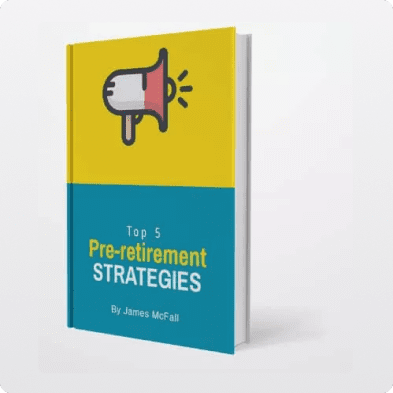Since you usually can’t access your superannuation until you retire – which may be a long way off for some – performing a superannuation check is something many people tend to forget.
However, to ensure you have a comfortable retirement, investing in superannuation is essential.
We know keeping track of your superannuation can seem an impossible task. So, you’ll be happy to know that by following these five simple tips, that are current for 2023 financial year, you will know the status of your super balance and can rest in the knowledge that it’s safe and growing into a valuable nest egg for your golden years.
Step 1 – Know exactly where your Super is
Answer this simple question: Have you had more than one job or have moved house and forgotten to let your super fund know?
If so, you’re not alone. You may also be one of the 4 million Australians with a lost super account. As of June 30th, 2020, there is over $13.8 Billion in lost super just waiting to be claimed by its rightful owners.
Fortunately, finding out whether some of that lost cash is yours is quite simple. All you need to start the process is a MyGov account which is linked to the ATO. Just click on the ATO section and go to the “Super” tab. Here, you’ll see detailed summaries of all your super accounts – even those you’ve forgotten about.
If you do find lost super, you are probably best to consolidate it into one account. This way, you’re only charged one set of fees and there’s far less paperwork. You also have a consolidated view of your retirement nest egg and can manage how it is invested more easily.
Step 2 – Closely monitor your Super statements
Most super funds will send you a statement at the end of each financial year. This document is great for performing a superannuation check. This annual statement contains information on:
- Your current balance
- Any contributions you made to the fund during the year
- Insurance cover you have with your super fund
- Fees and current performance
When checking your statement, ensure your employer is paying the correct super rate on your behalf. Remember, as of July 1st, 2022, your employer is required to pay 10.5% of your salary into your super fund, each quarter. However, like many Australians, you may be affected by superannuation guarantee (SG) non-compliance.
Simply check the status of your super account via MyGov, to see whether your employer is paying the required amount. Also, take note of any fees. The lower your super fees, the faster your savings will grow.

Step 3 – Examine your statement closely
Your super statement details how your retirement savings are progressing. So, when you receive your annual statement, examine it carefully. Pay close attention to:
- Personal details – ensure your address and contact details are correct.
- Balances – does the current balance look right, when taking the starting balance, employer contributions, investment returns and fees into account? If something doesn’t look right, contact your super fund.
- Personal contributions – If you’re making personal contributions (directly or through a payroll deduction), ensure they’ve been received by your super fund.
- Insurance – Many superannuation funds will arrange life and disability insurance, for an additional fee. This insurance for accidents and illness can help you and your family feel secure if something should happen. Ensure you are covered for what you need and aren’t paying for something you don’t need.
- Tax – Employer and salary sacrifice contributions and investment returns are taxed at 15%. If you’re paying a higher tax rate than this, your super fund may not have your tax file number. Check with your fund and provide these details.
Step 4 – Consider Government Super contributions
If you’re a low- or middle-income earner, you may be eligible for a savings boost through the government’s super co-contribution scheme.
The super co-contribution is a government payment you may receive if you make personal (after tax) into a compliant super fund account. This payment is deposited directly into your super fund. There’s a maximum income limit, which is indexed each year.
If you earn less than $57,016 for the year and make an after-tax contribution to your super, the Government may also contribute a sum of money into your account.
Depending on your earnings and how much you contribute, the amount you receive will differ. If you earn less than $42,016, for every dollar you pay into super, the Government will add 50 cents – up to a maximum of $500.

Step 5 – Make extra contributions to your Superfund
Are you searching for an easy way to boost your super fund?
The good news is you can make voluntary payments over and above the 10.5% your employer is required to pay on your behalf.
Making regular contributions can help to build your super account balance over time. It can also help you to make up for periods when you may be between jobs, or unable to work because of illness or injury.
Remember, even small, regular contributions to your super fund can make a big difference. One of the most effective ways to make personal contributions to your super fund is through salary sacrifice. Salary sacrifice occurs when you and your employer make an agreement to pay some of your gross (before tax) salary into your super fund.
Are you considering making salary sacrifice contributions to your super fund? If so, discuss it with your employer first. This way, you will know whether they will allow the arrangement and know exactly how you will benefit through a salary sacrifice arrangement.
For example, some of the key benefits of Salary Sacrifice are:
- A reduction to your assessable income, and;
- Super contributions paid to your super fund are taxed at a rate of 15%. This is generally less than you would pay if you accepted your salary sacrifice portion as regular salary.
However, there are limits on how much you can contribute to your super fund each year before you are charged extra tax. The tax rate you are charged largely depends on your age. The cap on before-tax (concessional contribution) is $27,500 as of July 1st, 2022.
For a real world example of how our super advice has improved the financial situation of our clients, click here.


















